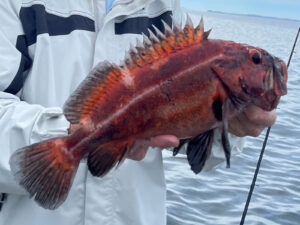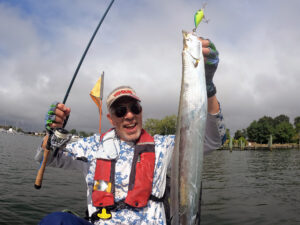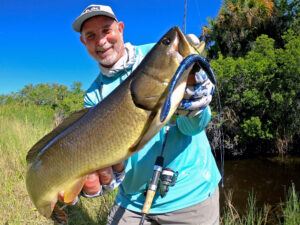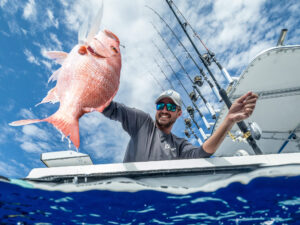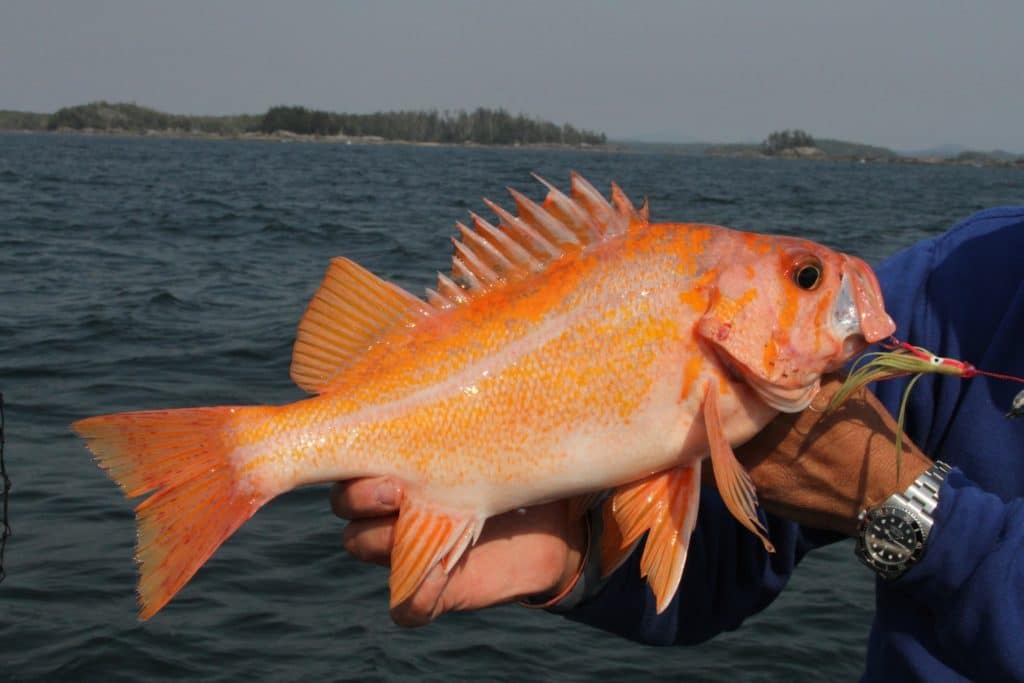
When anglers think of pursuing saltwater fishing in Alaska, they’re usually inundated with dreams of wrestling a barn-door halibut — which sometimes get so big that anglers might use a .410 to dispatch the large behemoths. But that’s not the only species the cold waters of Northern California all the way to the Gulf of Alaska can provide.
Often thought of as the “younger brother” to targeting halibut in the Pacific Northwest (PNW), the rockfish offers an engaging, high-success-rate option for anglers looking to round out a trip. Also, consider the distressed halibut populations and increased limits anglers have seen in Alaska. If other fish species aren’t available to target, that could really hamper the legendary lodge trips Alaska is so famous for.
From deep-water holes along underwater ridges to the rocky reefs along the coast, rockfish offer a diverse and exciting fishing experience for anglers who target them. We spoke with experts in the field to learn more about the top five species of rockfish you’ll likely encounter in these waters — along with habitat, tackle and techniques for catching them.
Top Rockfish Species to Catch
We caught up with biologists and captains in the region to talk about the top species to catch (there’s more than 34 in Alaska alone). We classified them into two categories — “pelagic” and “non-pelagic.”
Pelagic Rockfish Species
These species tend to dwell off the bottom, congregating around rock pinnacles like walls, ridges, and even in kelp forests near rocky bottoms, but generally higher in the water column. They’re targeted with smaller jigs for the most part, along with spinners and flies on occasion.
Black Rockfish
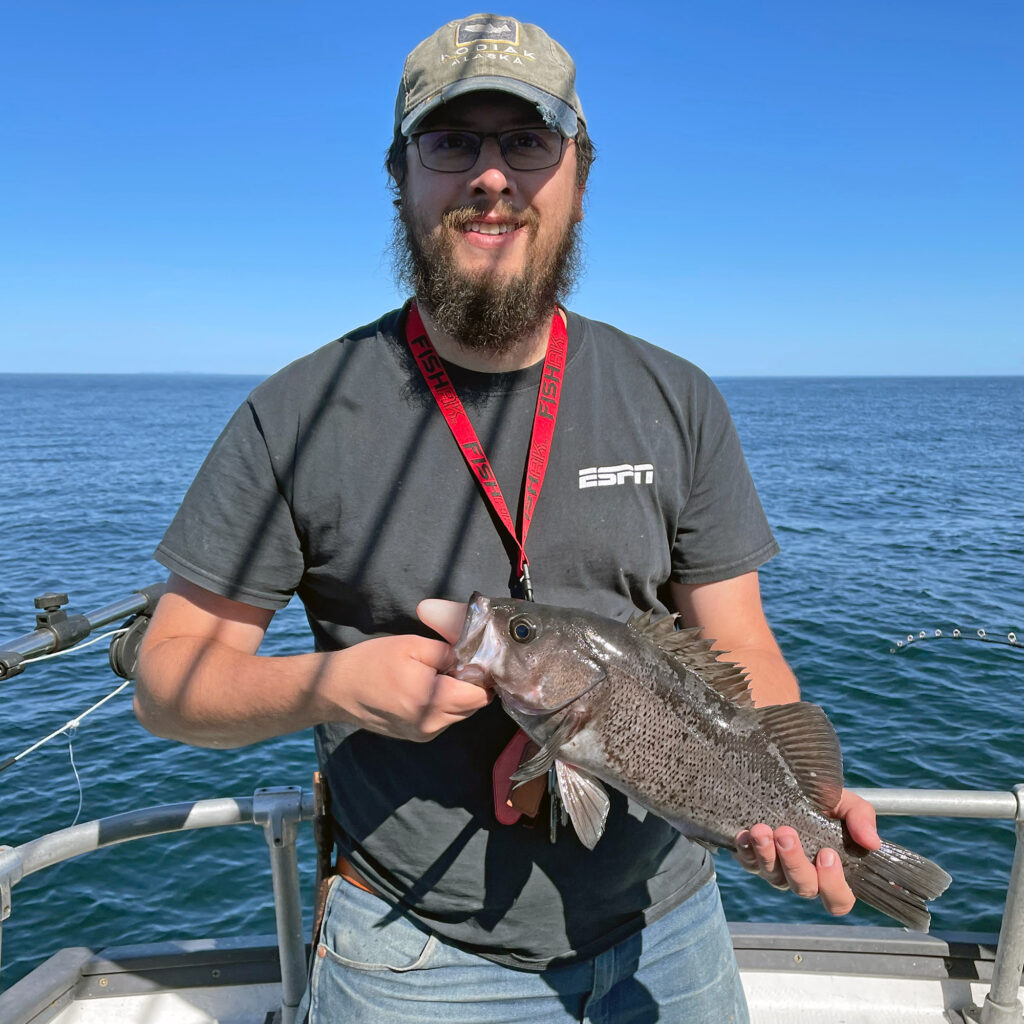
Agreed upon by all our experts as easily the most-targeted and cooperative rockfish species, these fish school big time around rocky structure (as the name suggests). They are incredibly eager to bite once you find a school. We caught up with Cap. Brent Foster of Brookings Fishing Charters in Oregon. Foster specializes in lingcod and rockfish charters off the Oregon coast, and boasts that 80% of trips are black rockfish, with some really big ones.
“It’s not uncommon to have a 4- or 5-pound black on every trip.” That’s a trophy size fish, and great fun on the light tackle spinning gear. Brent fishes some of the smaller reefs off the lighthouse area of Oregon, often in less than 100 feet of water.
“We do a lot of light tackle here, not running big sticks like other guys do since we’re fishing in 100 feet of water or less with spinning rods and braided line,” Foster said. “Flutter Jigs and smaller paddle tail swimbaits up to 4 ounces excel; sometimes we have to go a bit heavier due to drift.”
Quillback Rockfish
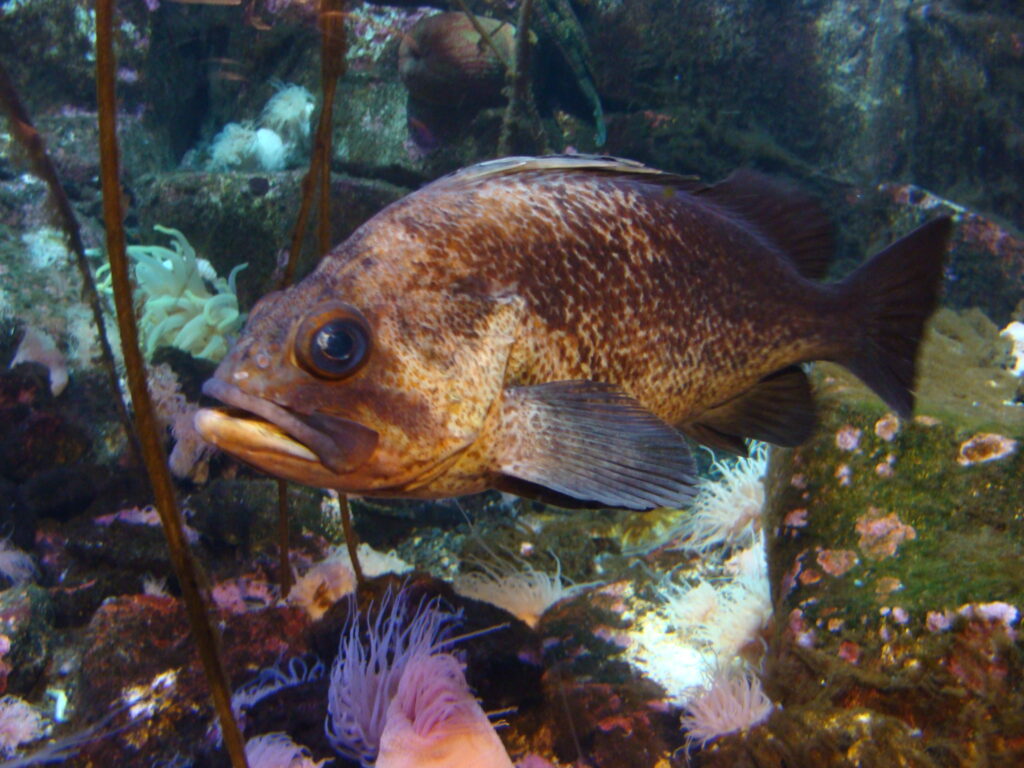
Known for their distinctive spiky dorsal fins, quillbacks are another common pelagic rockfish that grow to good size, making them a favorite among anglers. While available farther north in Alaska, the quillback are a subject of controversy as they’ve been added to the list of banned harvest fish in Oregon. (Other species on the no-take list include copper and China rockfish.) As always, anglers should check limits and regulations of species when fishing in state or federal waters.
What are Non-Pelagic Rockfish?
These rockfish are found most often on or near the bottom and tend to prefer rocky bottoms (hence the name “rockfish”). More often than not, they’re hooked as bycatch when jigging or bait fishing for halibut.
Yelloweye Rockfish
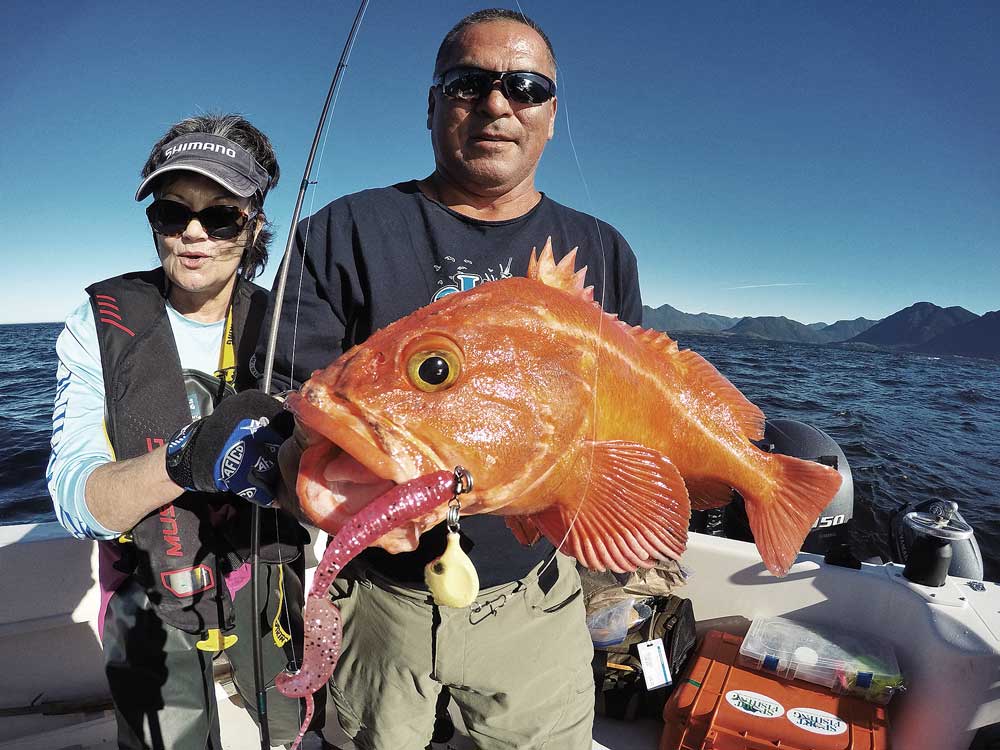
Yelloweye rockfish are the quintessential Alaskan fish. Among the largest of the rockfish species, a big yelloweye jigged up from depth makes a fine photo fit for a postcard. (It’s one of my biggest bucketlist rockfish since moving to the last frontier several years ago.) They’re common and fairly easy to find in and around Kodiak waters all the way down to Prince William Sound.
Tiger Rockfish and China Rockfish
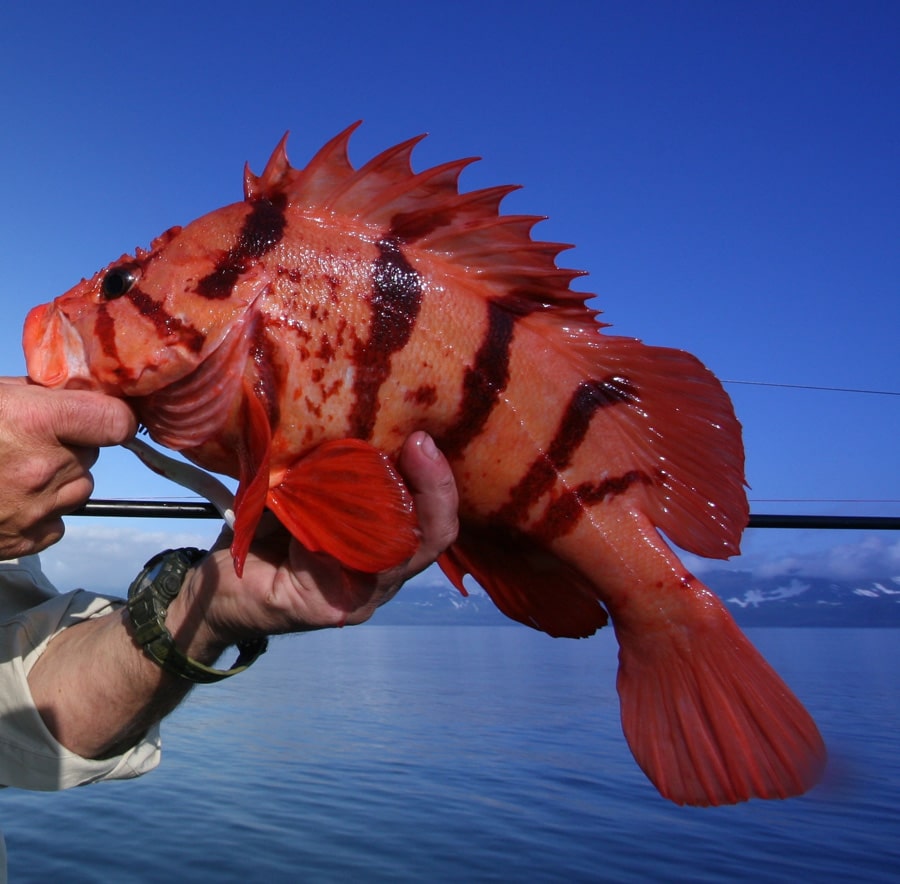
Okay, technically two species, but these are favorites of Capt. Brian McKay of Alaska Outdoors Addiction. While on the smaller side of the rockfish spectrum, they’re beautiful fish, often caught at depths of 100 to 300 feet (and sometimes as deep as 800 to 1,000 feet). They readily hit jigs on light tackle. Tigers are also a favorite of biologist Adam St. Saviour, a researcher with the state of Alaska, as they’re a rare species to catch compared to others. We’ll talk later with St. Saviour about conservation.
Shortraker Rockfish
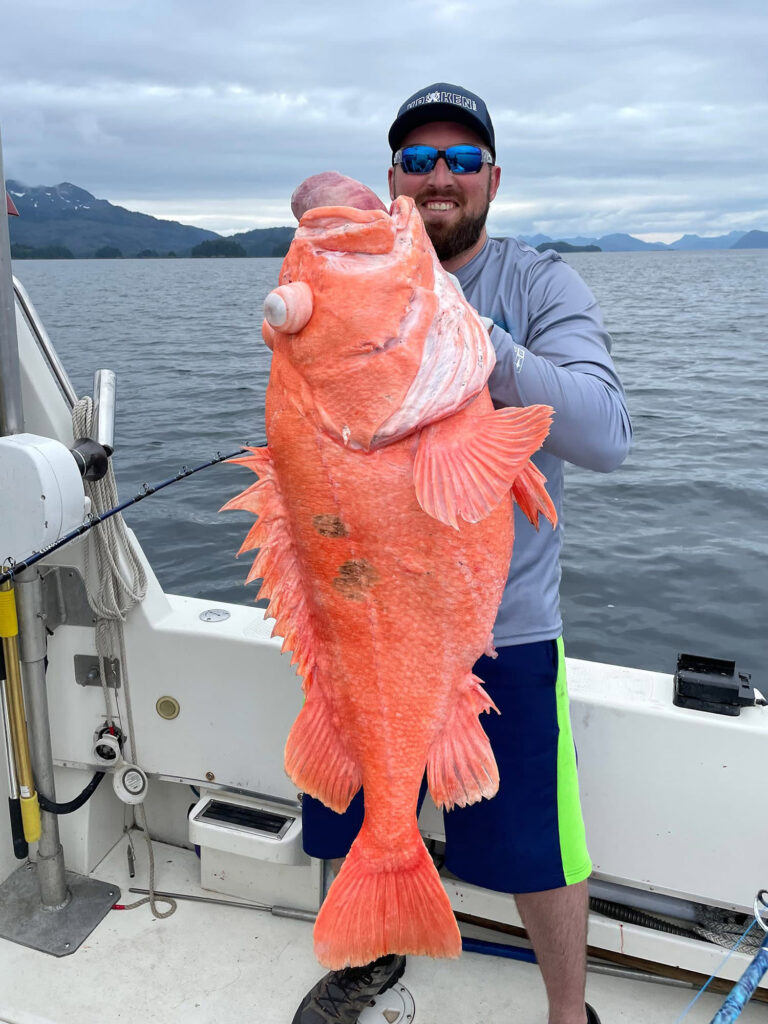
Gaining notoriety after the 48-pound state record was caught last July in Alaska, shortraker rockfish are known for hanging out deep. Captain Ray Nix, of Crazy Ray’s Adventures, deep-drops herring or octopus on circle hooks with halibut sticks at least 800 feet down to target these fish. By all accounts, it’s quite a chore to crank them up, but worth the experience for a once-in-a-lifetime catch. Electric reels are the preferred tackle method in this scenario.
Fly Fishing for Rockfish
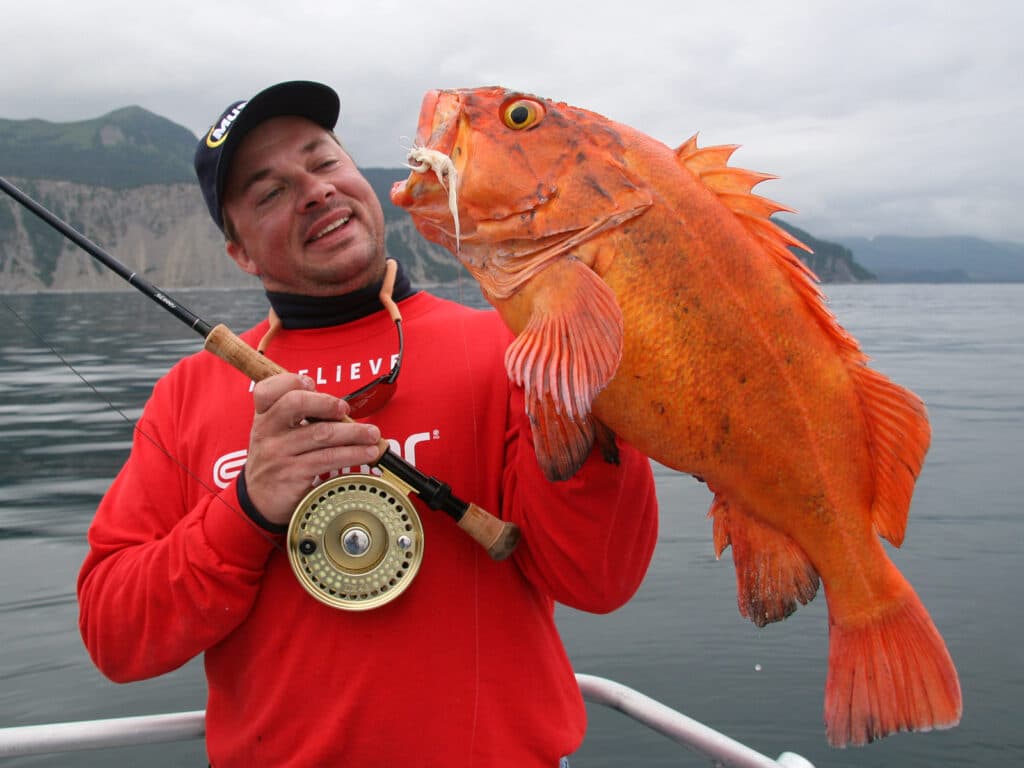
Captain Brian McKay developed a method for clients who want to take rockfish on the fly off the coast of Kodiak Island, Alaska. He suggests switching things up by having one angler “man the jig” with a hookless lure to entice the fish higher in the water column and whip them into a feeding frenzy. Once the fish are jigged up higher, they will cooperate with any big streamers in your fly box, including a super-sized Russian river or popsicle style.
Rockfish Conservation
Catching up with Adam St. Saviour, a research biologist for the Southcentral Region with the Alaska Department of Fish and Game, we’d be remiss if we didn’t cover one major conservation aspect of fishing for rockfish. Rockfish are susceptible to overfishing and bad management practice. They’re also prone to barotrauma during their release, which can kill the fish.
In Alaska, it is imperative for anglers to carry a deep-water release mechanism for rockfish in the boat. These devices are designed to return a rockfish back near the bottom where it was hooked, or to a specified depth, to assist the fish in recompression and up chances of post-release survival. Anglers can find more information about deep-water releases from the organization Return ‘Em Right.
About the Author: Cody McLaughlin is an outdoor writer, conservationist and hunting advocate based in Alaska. He recently launched Trout Stream Studios as an executive producer for podcasts and livestreams in the hunting and veterans’ affairs spaces – including for the Congressional Sportsmen’s Foundation’s The Sportsmen’s Voice Podcast, the popular Blood Origins Podcast, and the Veterans’ Affairs Administration’s National Center for PTSD. He serves currently on the board of the Alaska Outdoor Council and is a former board member and lead spokesman of the New Jersey Outdoor Alliance.

